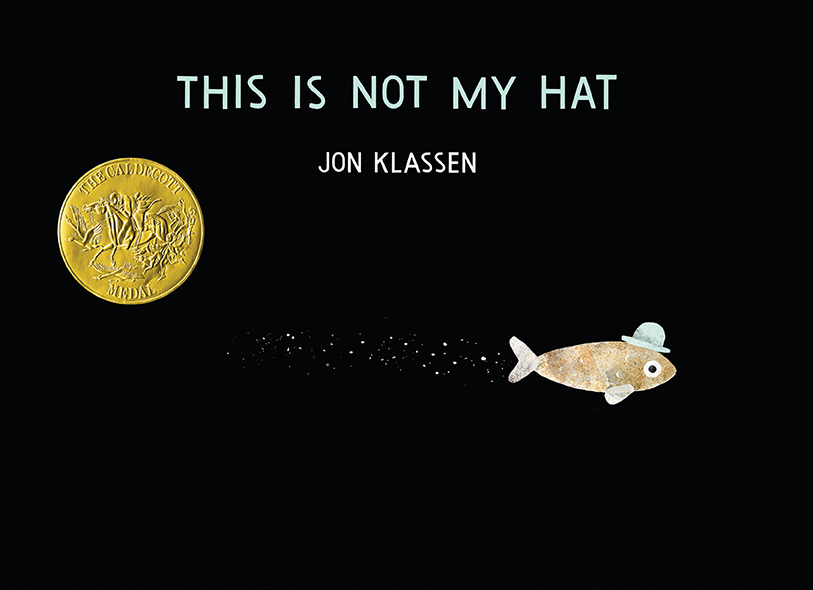
But just as the bear begins to despond, a deer comes by and asks a simple question that sparks the bear’s memory and renews his search with a vengeance. Each animal says no, some more elaborately than others. Patiently and politely, he asks the animals he comes across, one by one, whether they have seen it. The bear’s hat is gone, and he wants it back. STORY STRUCTURE OF I WANT MY HAT BACK PARATEXTĪ picture-book delight by a rising talent tells a cumulative tale with a mischievous twist.

I Want My Hat Back is also interesting for the variety of reader responses who think that picture books must star morally upright characters that children are vessels waiting to be filled with good examples, incapable of questioning moral grey areas. Pandering to, or presuming shorter attention spans? Or is it because we are currently experiencing a trend of short, meta, funny picture books that don’t unfold a story with characters so much as riff on a clever idea? That’s a teeny piece of it, surely. Or do we?) Is it because parents are working harder than ever and are too tired to face long reading sessions at bedtime with their kids? Possibly.

Why are we so bent on brief? Is it because children have shorter attention spans? ( They do. When I read an opinion piece last week on the decreasing length of picturebooks from Elizabeth Bluemle at Publishers Weekly, the books of Jon Klassen immediately sprang to mind, especially at this paragraph:

Holly Storck-Post at SLJ recommends these Jon Klassen books for use with older students in the classroom. The other two are This Is Not My Hat and We Found A Hat. The plots are not linked and the characters are different. I Want My Hat Back (2011) is one of a trilogy of books written and illustrated by Jon Klassen.


 0 kommentar(er)
0 kommentar(er)
